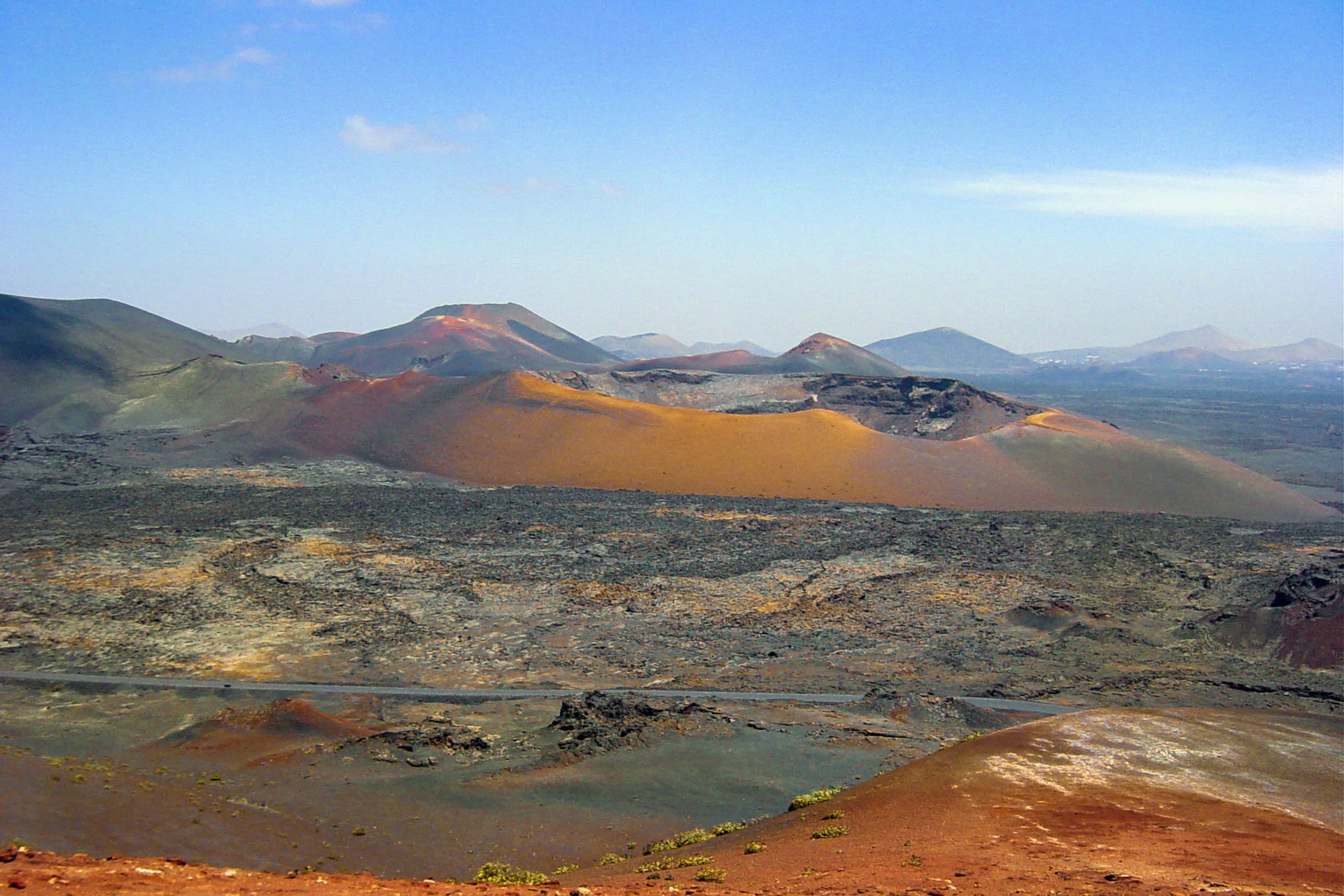On the east coast of Tenerife lies a complex of six step pyramids that have puzzled researchers and visitors alike. Known as the Pyramids of Güímar, these structures have been the subject of intense debate regarding their origin, purpose and historical significance. This article delves into the fascinating world of these enigmatic constructions, exploring their discovery, the theories surrounding them and their current status as a cultural and educational site.

Discovery and Initial Reactions
The pyramids were first brought to widespread attention in the early 1990s by Thor Heyerdahl, the renowned Norwegian explorer and anthropologist. Heyerdahl, famous for his Kon-Tiki expedition, became intrigued by the structures after seeing photographs of them. His interest sparked a series of investigations and ultimately led to the preservation of the site.
Initially, many dismissed the pyramids as mere piles of stones, accumulated by farmers clearing their fields. However, Heyerdahl argued that their precise orientation and step-pyramid structure suggested a more deliberate and significant origin.
Physical Characteristics of the Pyramids of Güímar
The Güímar complex consists of six step pyramids, with the largest measuring approximately 12 metres in height. They are constructed from carefully stacked lava stone blocks, without the use of mortar. The pyramids feature smooth, inclined surfaces on each side, with steps leading to a flat top.
One of the most intriguing aspects of the pyramids is their astronomical alignment. The principal structures are oriented to the summer and winter solstices, suggesting a possible ceremonial or astronomical purpose. This alignment has been a key factor in arguments for their intentional construction and cultural significance.
Theories of Origin of the Pyramids
The origin and purpose of the Güímar pyramids remain subjects of debate among researchers. Several theories have been proposed:
Pre-Hispanic Origin
Some researchers, including Heyerdahl, have suggested that the pyramids predate the Spanish conquest of the Canary Islands in the 15th century. This theory posits that they were built by the Guanches, the original inhabitants of the islands, possibly for ceremonial or astronomical purposes.
Post-Conquest Agricultural Structures
A competing theory argues that the pyramids are relatively recent constructions, dating to the 19th century. According to this view, they are the result of agricultural clearing, with farmers stacking stones removed from their fields into these pyramid-like structures. Proponents of this theory point to similar structures found in other parts of Tenerife and other Canary Islands.
Masonic Connection
Another intriguing theory links the pyramids to Freemasonry. Some researchers have noted similarities between the layout of the Güímar complex and Masonic symbolism, suggesting that the structures might have been built by Freemasons or influenced by Masonic ideas.

Archaeological Investigations into the Pyramids of Güímar
Since their discovery, the Güímar pyramids have been the subject of several archaeological investigations. Excavations have uncovered various artifacts, including pottery shards and stone tools. However, the dating and interpretation of these findings have been inconclusive, adding to the ongoing mystery surrounding the site.
One significant discovery was a layer of compacted volcanic ash beneath the pyramids, dating to the 17th century. This finding has been used to argue against a pre-Hispanic origin for the structures, although debates continue about whether the pyramids could have been rebuilt on an older site.
Cultural Significance and Tourism
Regardless of their true origin, the Pyramids of Güímar have become an important cultural and tourist attraction on Tenerife. In 1998, the site was developed into an ethnographic park, named the Pirámides de Güímar Ethnographic Park and Botanical Garden.
The park offers visitors a chance to explore the pyramids up close and learn about the various theories surrounding their origin and purpose. It includes several exhibition areas:
The Expeditions Hall
This section showcases Thor Heyerdahl’s various expeditions and his research on ancient navigation and cultural diffusion. It provides context for his interest in and theories about the Güímar pyramids.
The Auditorium
Here, visitors can watch informative documentaries about the pyramids and the debates surrounding them.
The Canary Islands Hall
This exhibition focuses on the history and culture of the Canary Islands, including information about the Guanches and their possible connection to the pyramids.
Botanical Gardens
The park also features extensive gardens showcasing the native flora of the Canary Islands and other regions that interested Heyerdahl in his research on cultural connections.
Ongoing Research About the Pyramids of Güímar
The Güímar pyramids continue to be a subject of research and academic discussion. While no definitive consensus has been reached regarding their origin and purpose, ongoing studies contribute to our understanding of Tenerife’s history and the complex interactions between its indigenous population and later settlers.
Recent technological advancements, such as LiDAR (Light Detection and Ranging) scanning and advanced dating techniques, offer new possibilities for investigating the site. These methods may provide more precise information about the construction techniques used and the chronology of the structures.
The Pyramids of Güímar remain a captivating enigma, blending archaeological mystery with cultural significance. Whether they are ancient ceremonial sites, recent agricultural structures, or something in between, they offer visitors a unique opportunity to engage with Tenerife’s rich history and the ongoing process of archaeological interpretation.
As research continues, the pyramids stand as a testament to the enduring human fascination with unexplained structures and the complex layers of history that shape our understanding of ancient sites. For visitors to Tenerife, the Pirámides de Güímar Ethnographic Park provides not just a glimpse into a historical puzzle, but also an invitation to consider the many ways in which we interpret and value the remnants of the past.






